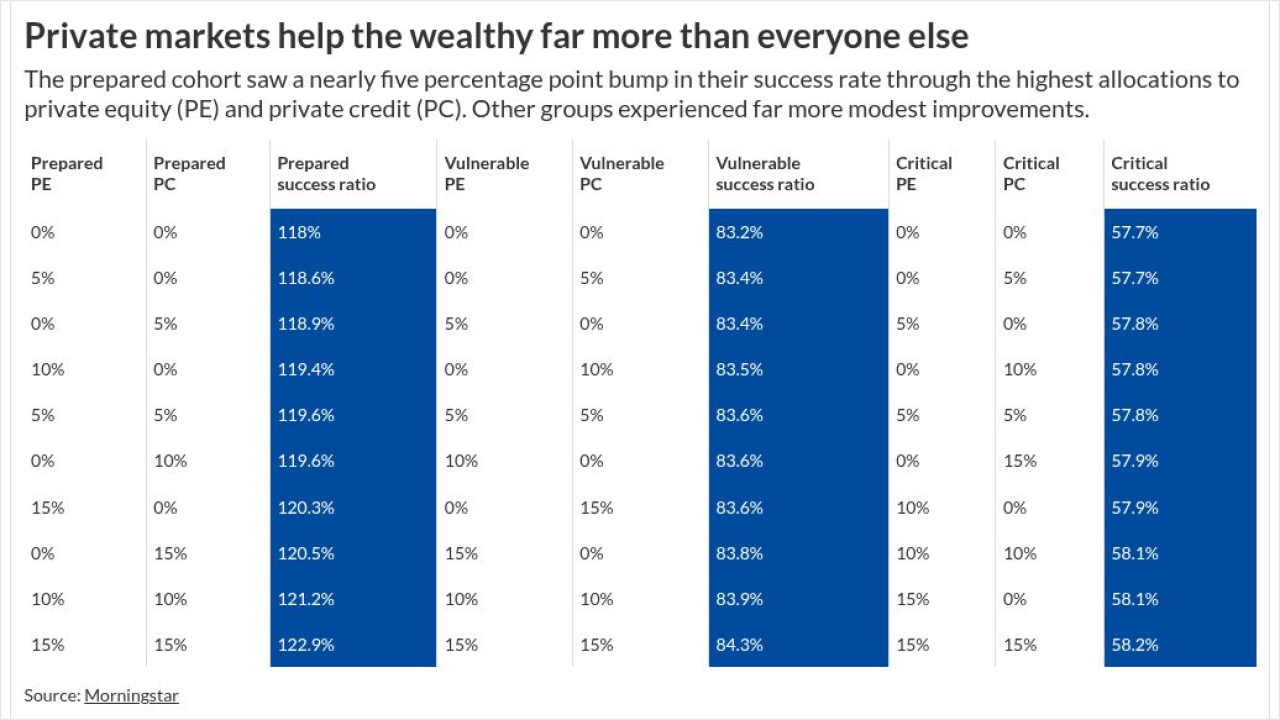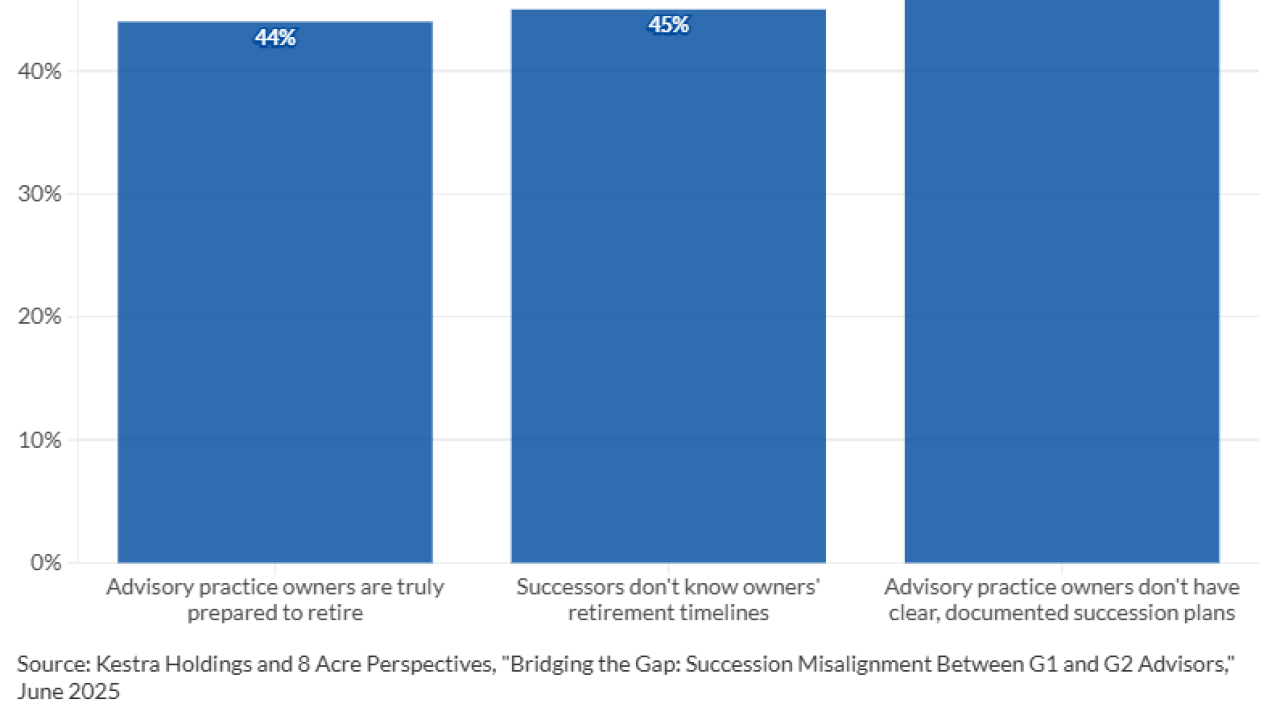The biggest change in my practice since I opened in 2013 is pricing. And it’s not just me – most new RIA owners have gone through at least one pricing iteration. But why is pricing (and service models) so hard to figure out?

When I opened my practice, one of my main goals was get away from the AUM pricing model. In my previous two employers, that has accounted for the lion’s share of revenue. However, both firms had turned away clients who wanted to pay by the hour as it wasn’t a service they wanted to offer. I never fully understand this as there were many hourly planners in our geographic area who were making it work. And we were saying “no” to people who had money to pay for guidance.
As I left the second RIA, I was determined to follow a service model that didn’t include AUM. I wanted to work with those who needed guidance, but may not have significant assets to manage. So I started a practice offering hourly and ongoing-retainer planning.
I had to face several questions: How would each of these services models be priced? What was my time worth per hour? What would someone be willing to pay per year for my service, but have that pricing broken down into monthly payments? I don’t dwell on decisions too long, so I decided to make it something easy to remember.
This was for my own sake in marketing and prospecting, but also for consumers who may be comparing multiple planners. I went with a “$200 per hour and $200 each month” model and stayed with this for 12 months. People could either pay per hour or per month, resulting in a $2,400 per year ongoing fee.
After my initial 12 months, I found various situations where this didn’t work. First, some clients worked through a financial plan with me and finished the engagement after 6 months. A comprehensive financial plan for $1,200 – what a bargain! Following this, I then instituted a 12-month minimum contract. Then some clients came along with significant assets. At other firms, an ongoing retainer would cost them $5,000 to $10,000. They realized the bargain they got with me and signed up immediately. I also knew what a bargain it was, so I decided to implement a tiered retainer structure where pricing increased as assets increased.
Advisors reported significant growth in assets under management and expect more of the same in the coming months.
At various asset levels, pricing increased from $200 to $500 per month. But for clients who hit those levels, it became hard to justify that pricing after the initial year and the majority of the heavy lifting was done. I then went back to $200 per month but introduced an initial planning fee – first of $1,000, and then increasing this to $1,600 six months later. My hourly pricing turned to project pricing, and turned into packages for different client needs.
As my practice struggled to gain traction, I rebranded and started taking referrals from a CPA, which meant doing AUM. As I entered the most recent calendar year, I increased my prices, got rid of my 12-month minimum, and made my services similar to that of the companies I had left almost five years ago. My pricing and service model has evolved more than five times in the space of five years.
As I’ve talked with other planners, this journey is not uncommon. Many start out with low pricing to get clients in the door, only to find some services don’t pan out or pricing needs to be increased. Others have low confidence so price themselves lower, only to find themselves being able to raise prices once they have some clients and years “under their belt.” Another factor is changing the firm’s ideal client, so pricing needs to reflect their financial and life situation so pricing and services adjust up or even downwards.
Not wanting to go through this adjustment again for a long time, I decided to design my pricing and services based on the clients I want 10 years from now. As just over 60% of my revenue is now recurring, it has provided an income cushion making this easier to do, but it still doesn’t calm my fears completely. It led me to reflect on what clients I desired for the rest of my career, how my ideal practice would be designed, and my personal income needs. I was surprised how many knock-on effects tweaking my pricing and services was creating and how it was changing the outcome of my business and personal life.
As I reflected on this, I decided I wanted to work with a small group of clients providing high end services (financial planning, investment management, and income tax review/prep) and charge a minimum of $10,000/year doing so under an AUM model. I would be happy to work on one-off projects for other clients, but if they weren’t eligible for this $10,000 minimum fee, then I wouldn’t be prepared to work with them on an ongoing basis. This would allow me to cap the number of clients I want to work with on an ongoing basis to between 20 to 30. This income would allow me to hire a virtual staff, have income to support my family’s needs, and free up some time for pro bono work.
Something strange happened in the finalization of this design: It was, and still is, far removed from the initial model I had built. I wasn’t prepared for the feeling of selfishness or guilt, but I had wanted to help those who needed guidance and who may not have had the money to pay an AUM fee. And in building a new design, it made it hard to generate significant and reliable income. There is a reason many firms have minimums or only charge AUM, and while it’s taken some time to realize, these firms have the ability to scale (if desired) and take advantage of increasing stock markets to increase revenue without needing to find more clients to generate more revenue.
It’s also become apparent that new prospects seeking out my firm are attracted to the new pricing. They see the value of a higher minimum and an exclusive service model. They know that the pricing of an advisor delivering comprehensive planning and life planning services isn’t going to be cheap, but they are accepting of the fee schedule. They don’t want their services to be priced on the low end of an industry scale, as they realize that detailed knowledge, experience and diligent work will require higher compensation.
But should all owners go through the same process as myself, iterating numerous times? I think some iteration is fine, but there needs to be some deliberate design based on the future desired clientele. I think new owners and planners need to get clients in the door in order to fine-tune procedures and services.
Once this has been done and a comfortable level of recurring revenue has been established, then an “ideal client” fee model should be established. While this may be vastly different from the current structure, it allows for a level of certainty in prospecting, knowing that each new client will be adhering to a service and pricing model that will remain steady for a long period of time. I would encourage newer advisors to not change their models if they see they are leaving money on the table.
Understand that some clients will pay more, and some will pay less. Some may receive more than what they pay for, and others will seem easy to service in regards to the revenue they generate. Build a pricing and service model that is appropriate for your ideal client, but also complements what you see your RIA becoming in the decades to come. The rest will take care of itself.






